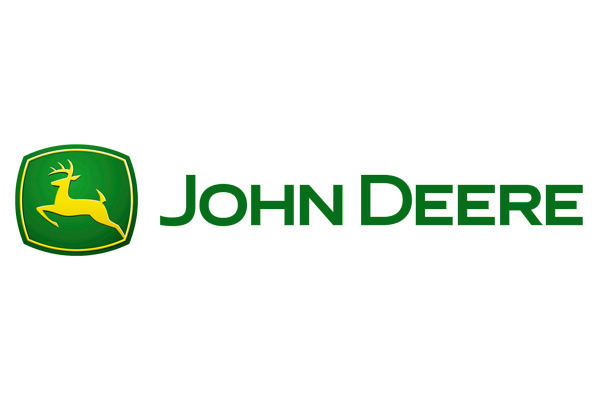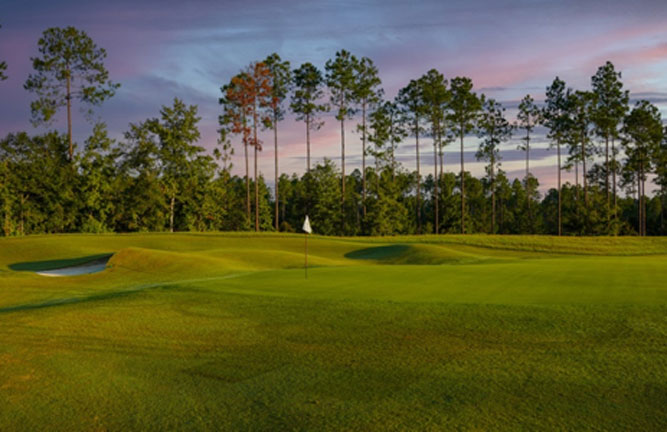Can you lay new sod on top of an existing lawn or sports field?
The Internet can be a tremendous tool, especially when it comes to seeking helpful information. Unfortunately, misinformation is abundant, even in the most unlikely of places. The website eHow may provide a great deal of worthwhile information to consumers, but one contributing writer offered readers some advice that may do more harm than good.
“Sodding your lawn is a quick and easy way to replace struggling or dying turfgrass,” he writes. “Although more expensive than seed, sod can be applied to your lawn in a single day. Sod also requires much less care than sown seed. Most homeowners go to the expense — in both work and actual financial burden — of removing their lawns before applying sod. Sod, though, can be applied directly over existing grass.”
The author went on to write: “Professional landscapers often apply sod directly over grass. The sod compresses the grass and limits its exposure to sunlight and water. This quickly kills the already existing grass in much the same way that a brick left on a lawn kills the grass beneath it. When the grass dies, it gives off nutrients that actually benefit the new sod above it. The main nutrient that the dead grass layer provides is nitrogen. Applying sod directly over grass is advantageous because it requires less work. The lawn does not need to be treated with herbicide. Also, you do not need to till your yard.” (To read the eHow article in its entirety, click here.)
The pros weigh in: After reading the article, we contacted a few turfgrass producers and asked, “Would you ever lay sod over an existing lawn or sports field?” Their responses were direct and to the point.
Linda Bradley of Turf Mountain Sod in Hendersonville, N.C., was very specific on addressing necessary precautions. You can’t simply lay sod on top of grass without doing proper preparation. “All sod must make soil contact to root,” she points out. “Therefore, the existing grass / lawn must be extremely sparse or you will have to bring in dirt and put it on top before laying the new sod. Additionally, the grade is extremely important; the water flow must be proper. No holding spots for water, and of course you never want the water to run towards the home or building. If you currently have weeds, they can grow through the new sod. And the ground cannot be too hard, or the roots will not penetrate, even if the roots are touching dirt / soil. This is true whether there is existing sod or not; this is extremely important either way. We always recommend the top 2 to 3 in. to be loosened.”
So, when it comes to the idea of laying new turfgrass sod directly on top of an existing home lawn or a sports field, turfgrass sod producers are unanimous: Don’t do it!










